Recent
July 23, 2024
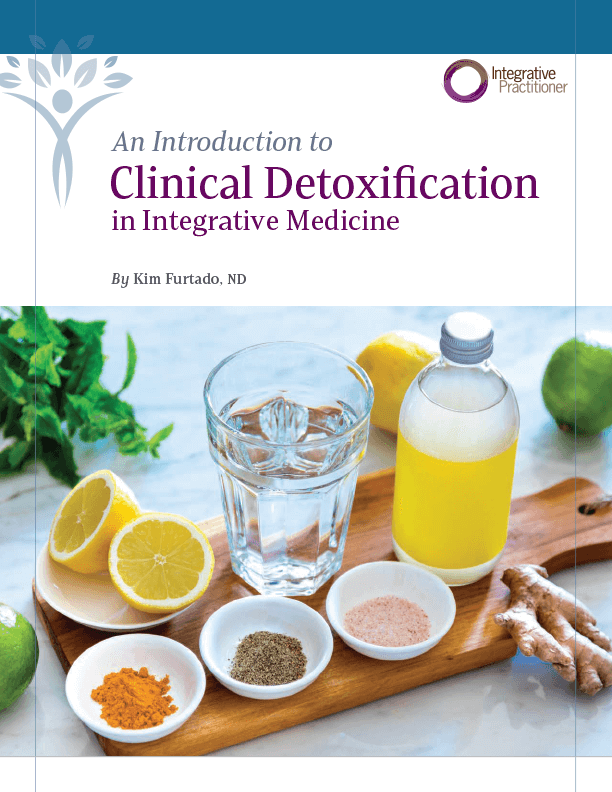
The data compels us as practitioners to deepen our understanding of toxins and their impact on disease, as well as the body’s capacity to heal and detoxify. This resource will review epidemiological information and clinical indications to help clinicians understand what role detoxification plays in patient care. It will also provide insight into common modalities and treatment strategies used to help patients navigate the environmental burdens that often remain invisible yet are influential in the many facets of health.
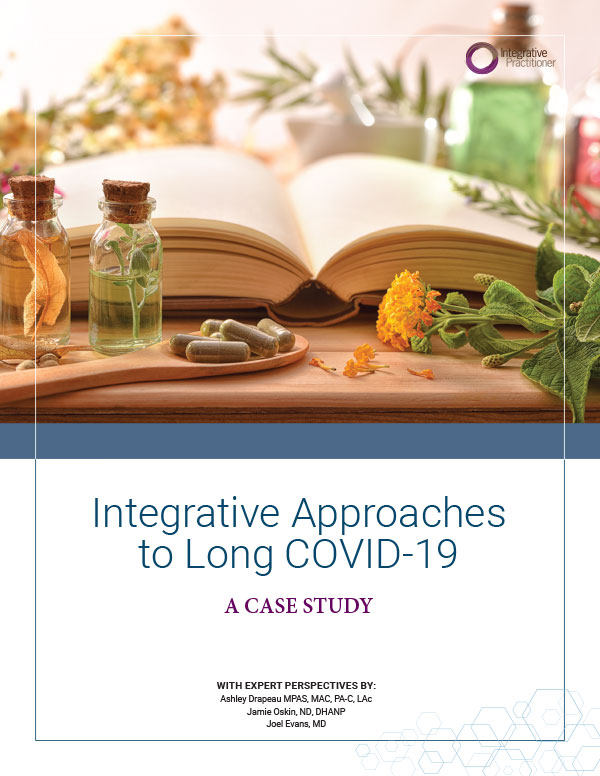
Across the healthcare industry, long-term symptoms of COVID-19, known as Long COVID or Post-COVID, remain a mystery. As researchers rush to understand the full spectrum of these lingering effects, practitioners are developing innovative treatment strategies to support patients.
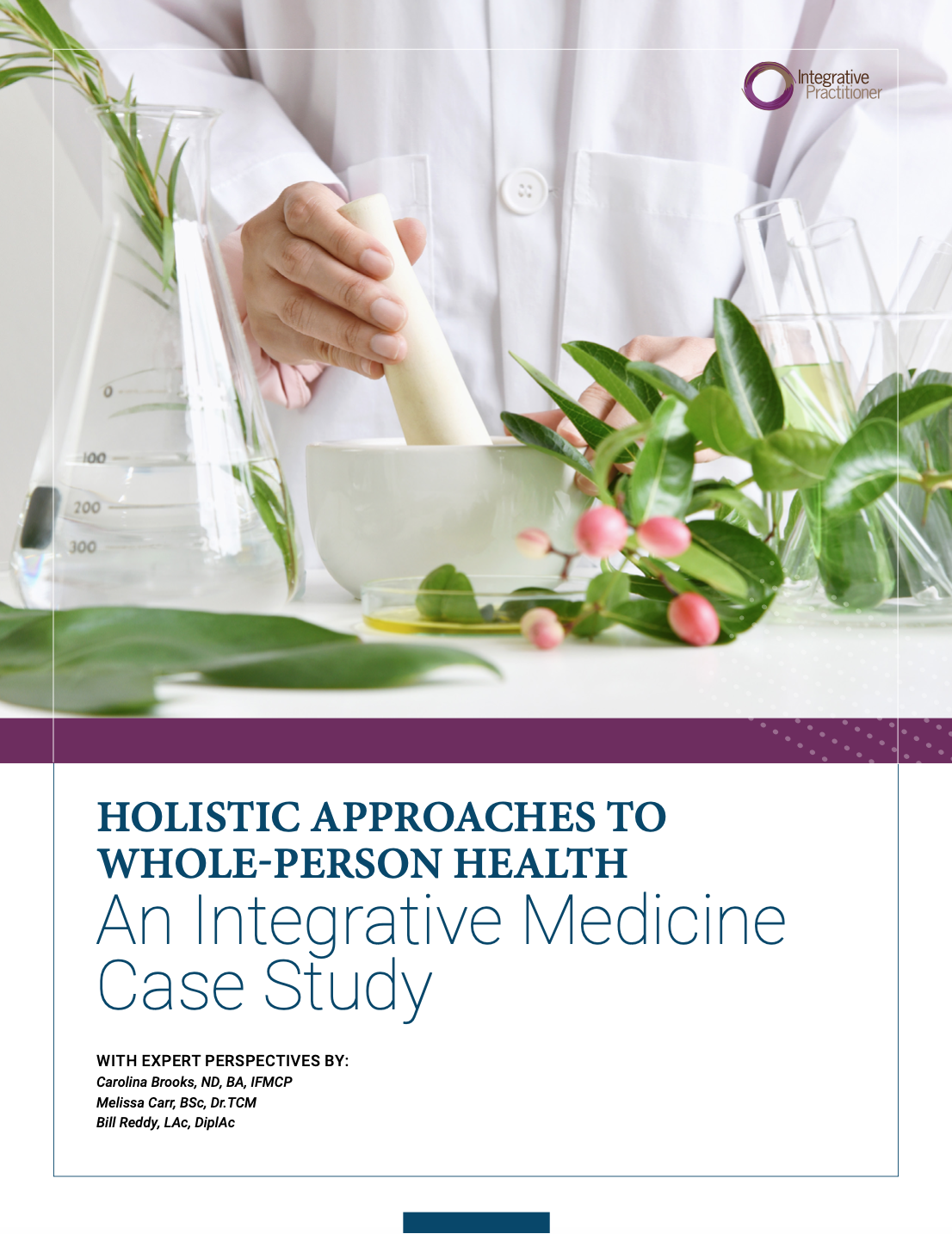
The fall and winter months can be difficult for many patients. Whether someone experiences severe drops in energy and motivation as seen in seasonal affective disorder (SAD) or simply wants to prevent the health-related setbacks often associated with this time of year, there are many recommendations practitioners can make to help their patients maintain or improve their physical and mental wellbeing.
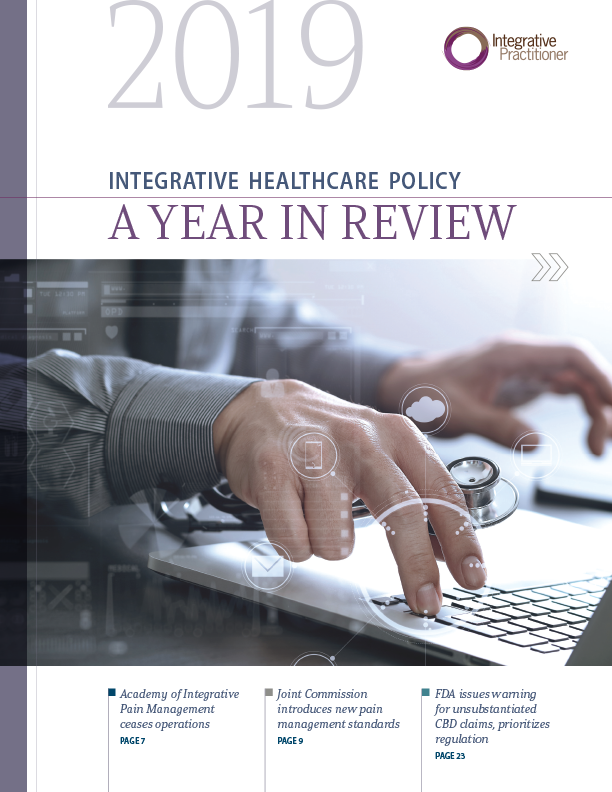
The healthcare industry—and the laws and policies that regulate the system—has been changing rapidly over the past few years. At the demand of both consumers and practitioners who advocate for a preventative, whole-person approach to care, the industry has started to shift away from the traditional “sick care” model and bring integrative medicine to the general public eye.
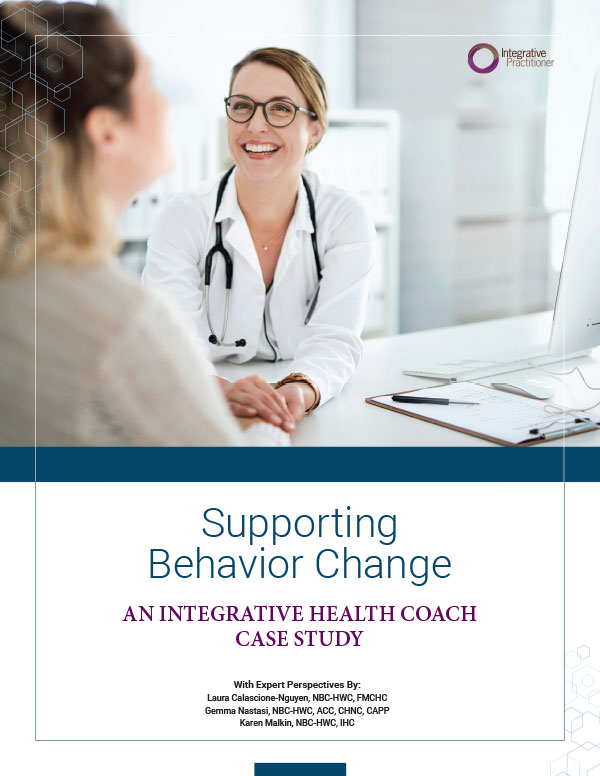
Helping patients make impactful changes to their lifestyle can be both challenging and complex. In today’s healthcare landscape, many patients receive little to no support when faced with necessary behavior changes. Health coaches in the medical setting offer a variety of benefits, including a patient-centered approach that can help set individuals up for success.

The gut microbiome has taken center stage in integrative medicine over the last several years. Microbes surround every tissue and cell inside and outside the body, and humans possess more microbial cells than they do human cells. The microbes contained on and within us are instrumental in literally every aspect of life and health, and contribute to processes such as immune defense, energy production, and metabolism.
In this comprehensive foundational guide, author Kellie Blake, RDN, LD, IFNCP, delves in to how gut microbes affect health, what nutrition and lifestyle-related factors can help or harm the gut, and actionable steps for improving gut microbiome balance.
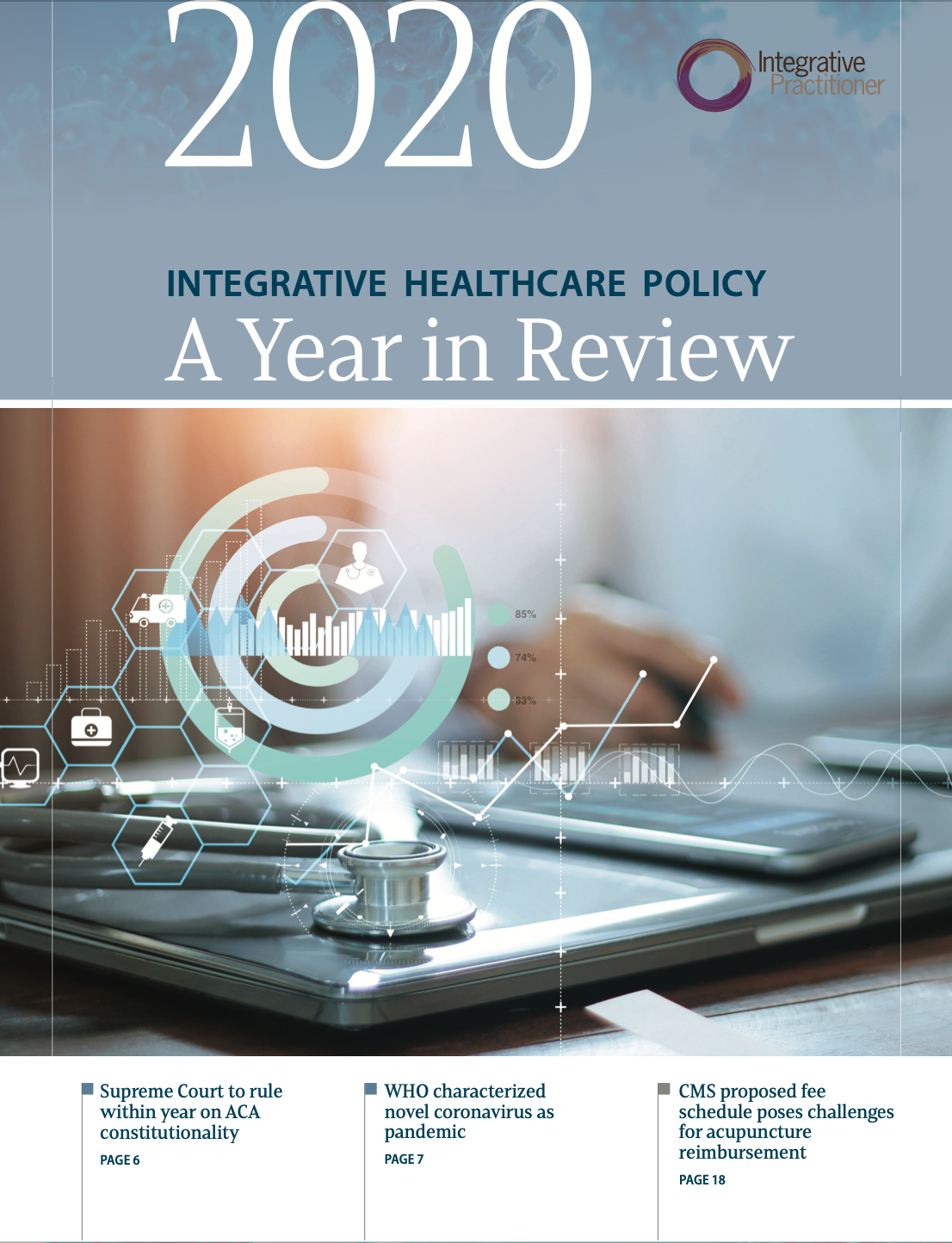
The healthcare industry in the United States—and the laws and policies that regulate the system—was challenged like never before with the advent of the novel coronavirus (COVID-19).
In previous years, the purpose of this annual update was to summarize the past year’s successes, challenges, and progress in integrative healthcare policy on the national level. However, much like the rest of 2020, which became largely defined by both COVID-19 and ongoing political uncertainty, our update this year has taken a vastly different shape. While we continued to highlight policy that directly impacts integrative medicine, we felt it would be a disservice if we did not feature the initiatives and mandates that target the broader healthcare industry. Therefore, you’ll find many of the items we included affect not only alternative and complementary medicine practitioners but conventional medicine providers as well.

Personalized treatment plans help patients feel more empowered on their path to better health and wellness.
In this case report, experts work with a discouraged and frustrated patient to address chronic inflammation, weight management, and mental health concerns. Featuring expert perspectives from Lillie Rosenthal, DO, Robert G. Silverman, DC, DACBN, DCBCN, MS, CCN, CNS, CSCS, CIISN, CKTP, CES, HKC, FAKTR, and Ayla Barmmer, MS, RDN, LDN, this report highlights nutrition and lifestyle recommendations for healing chronic disease as well as strategies for greater long-term wellbeing.
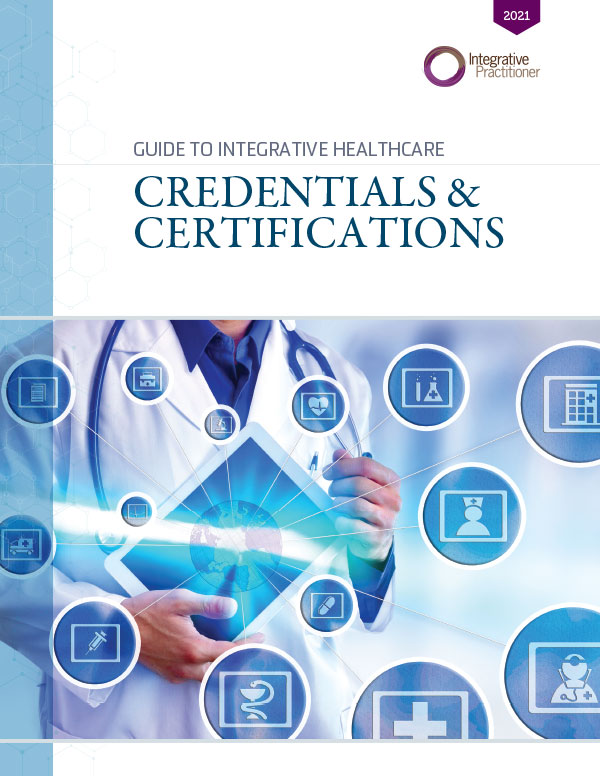
The integrative healthcare community prides itself on being interdisciplinary. While this includes medical doctors and osteopathic doctors, it also includes chiropractors, naturopathic doctors, registered nurses, licensed acupuncturists, registered dieticians, and everyone in between. Credentials overlap, compete, and sometimes contradict one another. Certifications often do the same. Beyond that, scores of new credentials and certifications are developed and released every year that align with the continuous advancements in the greater healthcare industry. Figuring out what the scores of post-nominal letters mean, what they certify, and how they affect patient care can seem an overwhelming if not impossible feat.